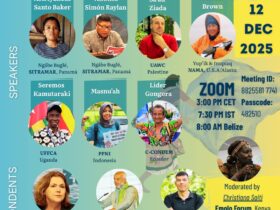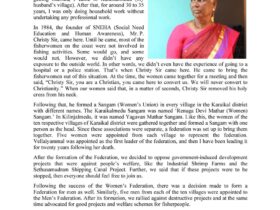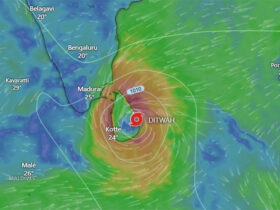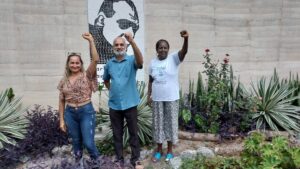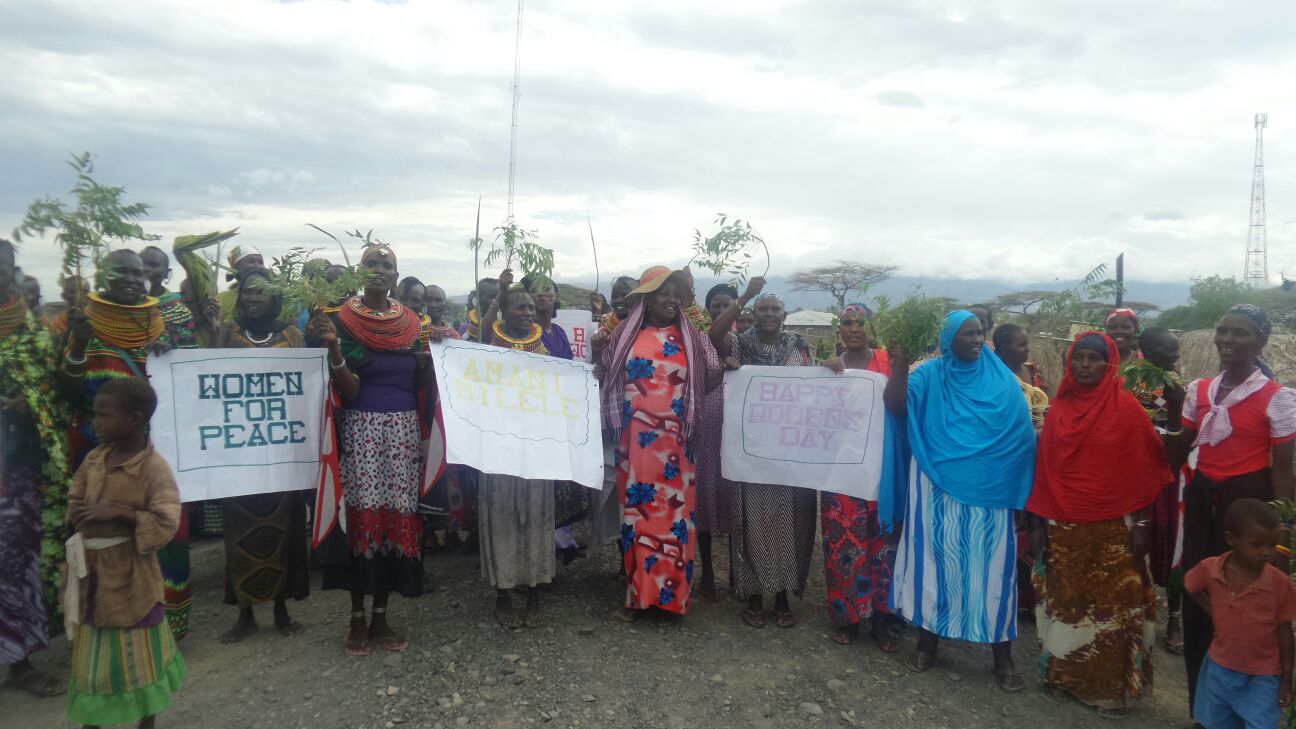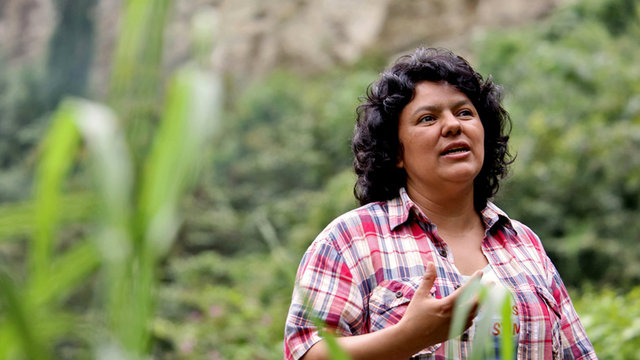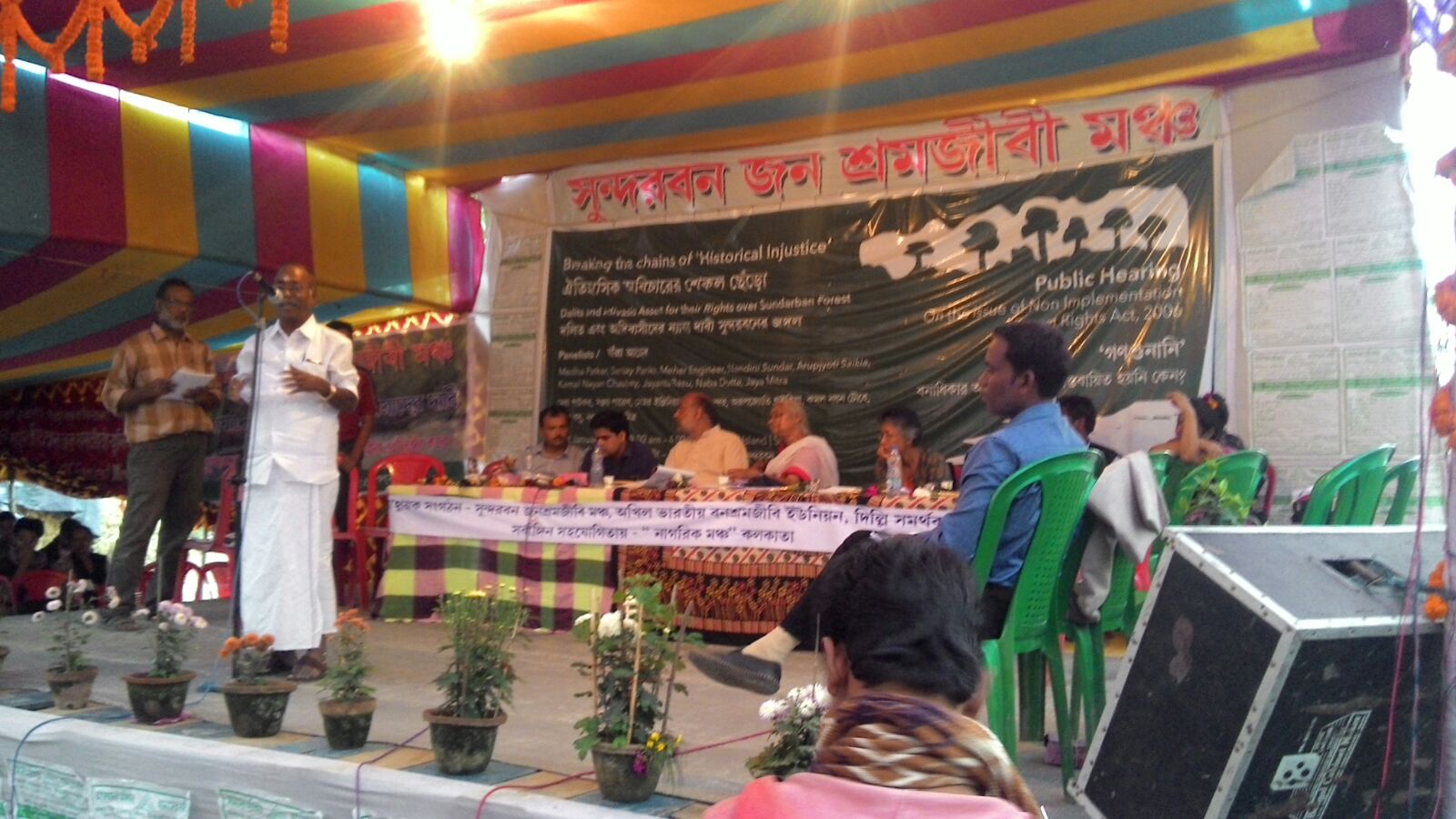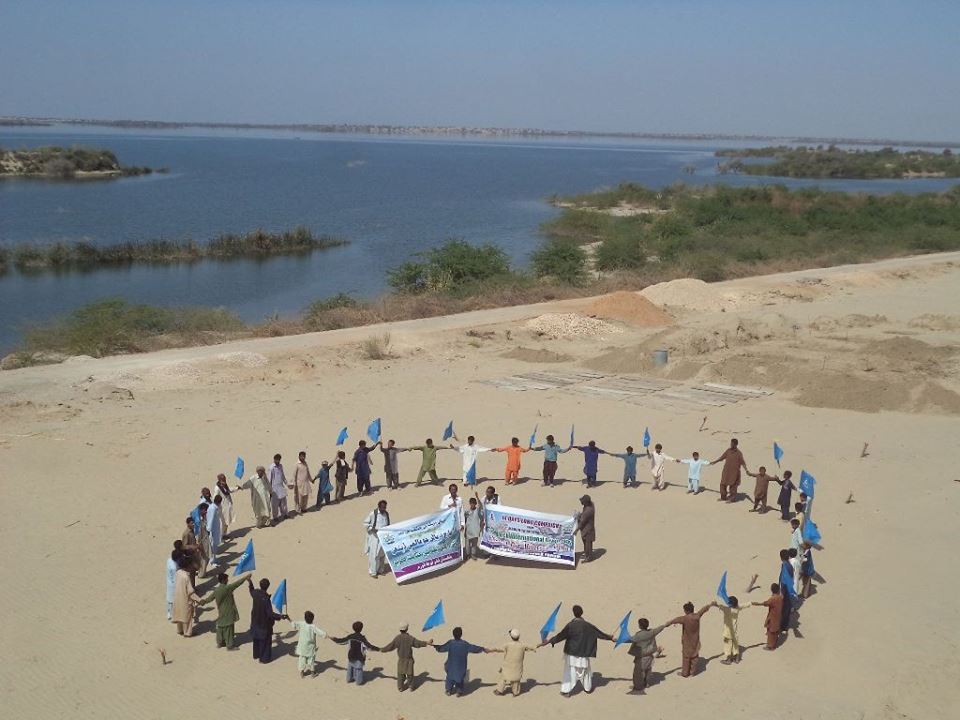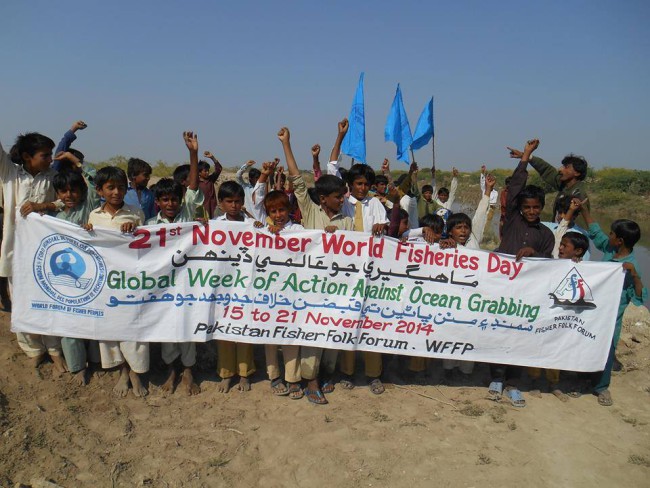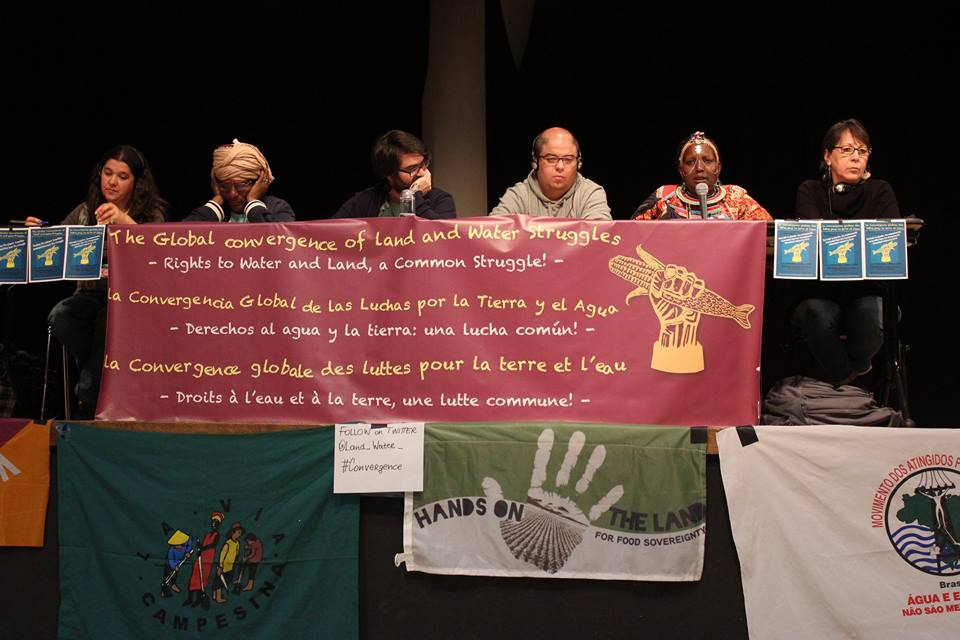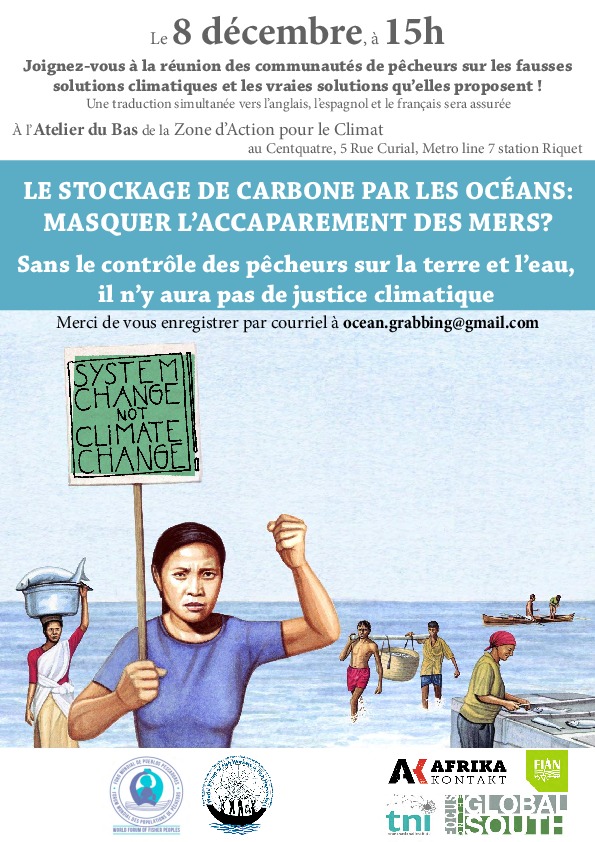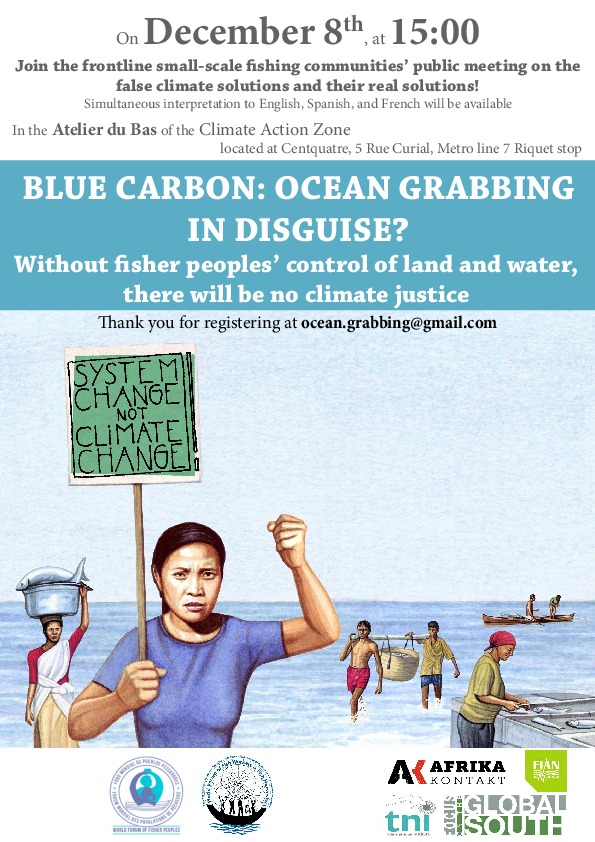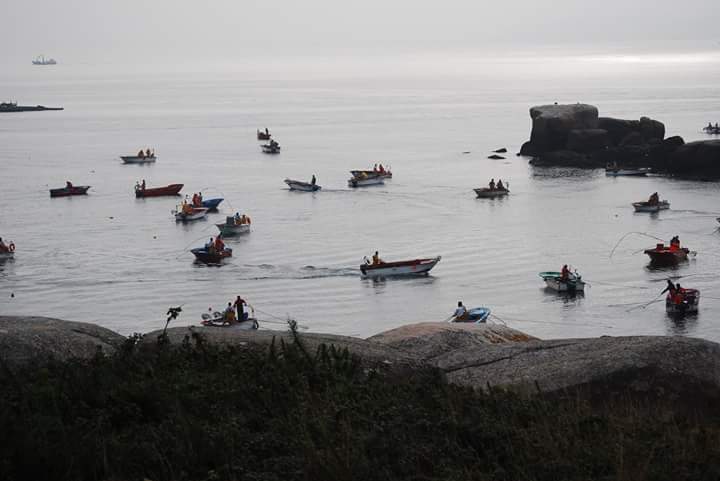“There is a parcel of land they [investors] say is private. Private belonging to who?” asks Christiana Louwa of the El Molo Forum in northern Kenya, and continues “…our land is never private. Its public land. The land belongs to our communities… and its in our constitution”. In a new investigative report, it is clear that the Green Wind Power ...
“We, the Fonseca Gulf Association of Artisanal Fisher people known as APAGOLF together with our associates, hereby condemn the murder of Berta Cáceres and we demand that President JOH ensures that her murder does not go unpunished and that those responsible for this crime are prosecuted. This is the right moment for him to enact the words he lives by, ...
Press release, 2 February 2016, Kolkata “The tiger is not our threat, the Forest Department is.” “Forest Department Kee Jaagir Nahi; Sundarban Humara Hai” Asserting their rights over the Sundarban forest, more than 200 people from the region assembled at the Public Hearing in Sundarban islands on 31st January 2016. The Press Conference of the Public Hearing took place at ...
Press statement, Cape Town, 29 January 2016 We call upon the Pakistani authorities to make public the exact location of detention of Mr. Baloch. We furthermore demand that the principles of due process and all of Mr. Baloch’s human rights as internationally recognized, are fully respected. In the late afternoon of 16 January, Mr. Baloch informed his colleagues from the ...
Press Statement, 18 January 2016 Pakistan must release Mr. Saeed Baloch immediately. Mr. Baloch was arrested on 16 January by the Pakistan Rangers, who works under the command of the Pakistan Army. Mr. Baloch is a Human Rights activist since the 1980’ies. He was associated with the Pakistan Fisherfolk Forum (PFF), that works to protect the socio-economic and political rights ...
Déclaration du Forum mondial des peuples pêcheurs (WFFP) et du Forum mondial des pêcheurs et travailleurs de la pêche (WFF) sur les négociations de la COP21 à Paris en 2015 Alors que les changements climatiques ont des résultats de plus en plus dévastants, il devient clair que les négociations du CCNUCC, dominées par les entreprises, ne font pas partie de ...
Statement issued by World Forum of Fisher Peoples’ (WFFP) & World Forum of Fish Harvesters and Fish Workers in relation to the COP21 negotiations in Paris, 2015. As the devastating consequences of climate change become ever more disastrous, it is likewise becoming ever more clear that the corporate-dominated UNFCCC-negotiations are not part of the solution but part of the problem. ...
Los pescadores refrescan al planeta: Sin el control de los pueblos pesqueros sobre las tierras y el agua, no habría justicia climática Únete a la primera línea en la asamblea pública del 8 de diciembre, de 3 a 6 de la tarde, en París En 1998, las Naciones Unidas crearon el Grupo Intergubernamental de Expertos sobre el Cambio Climático y ...
In 1988, the United Nations established the Intergovernmental Panel on Climate Change and since then leaders of the world have met year after year to discuss how to combat climate change. Today, we have to conclude that the leaders have failed. When they meet in Paris for COP21, we now what to expect: their proposals to combat climate change builds ...
21 de noviembre 2015 En el período previo a la COP21 de París, el WFFP denuncia “soluciones falsas” al cambio climático y pide a los gobiernos que ejecuten las pautas para la pesquería internacional a pequeña escala. Los pueblos pesqueros a pequeña escala de todo el mundo ofrecen soluciones sociales y ecológicas justas . Tal día como hoy, hace 18 ...

